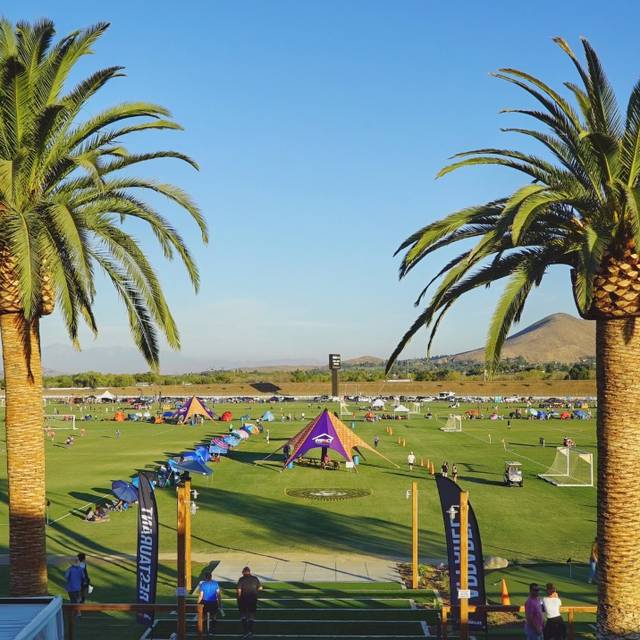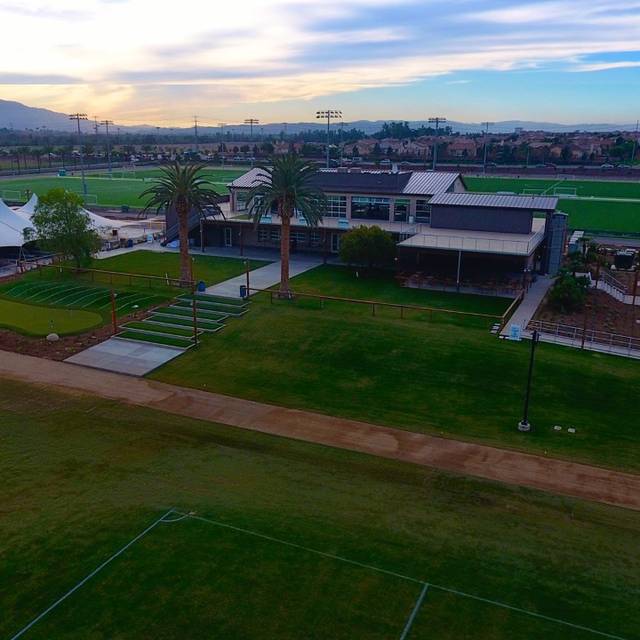


“During the lockdown, we did not actually lose any business days. COVID may have been terribly timed, but he’d already had his cans and canner on order. “I’m usually at the brewery six days a week, between 10 hours and 15 hours a day.” He hopes to hire taproom help at some point, but for now it’s just him and his wife, Cheli.

The idea is to offer amazing beverages that appeal to as many as possible.”įor now, it’s still a matter of getting to grips with running the brewery, producing beer and selling beer. “I started making meads about three years before making beers, so it’s a perfect for me. With winemaker licenses being afforded to California breweries this year, he’s also planning on doing Mead’s. “My plan is to have between four and eight year-round beers – the West Coast IPA, Red Ale, Brown, Pale, Mexican Lager, and Warhammer, and variants of the Hefeweizen with different locally-sourced fruits.” He also has a couple of Saison’s set for release in the summer and plans to do some kettle sours. But so far so good, with a mixed portfolio of popular, less-common, and hybrid styles on tap. It’s still early days as Adams tweaks his lineup, finding a medium between his strengths and consumer demand. “Over the years I had monkeyed with the recipe to try to make it better, but was unable to improve upon the original, which is what I brew today.” Taking inspiration from those who had been brewing this style for centuries, gave me some insight into how nuanced the style can be.” It’s the same recipe that won him his first homebrew medal back in 2013. “I had done a large amount of research into the style. It is quickly becoming my flagship beer.” It was also his first original recipe. “My best-selling beer is my West Coast IPA,” he comments, “Tartarus Warhammer is a very close second and showing potential to surpass the IPA. It may be a bold move to lead with your Tripel in a haze-crazed world (I can only think of one other local brewery that does it), but it’s as much customer choice as Adams’ personal opinion. You’d expect a Tripel to stand out anywhere, but I’d be hard-pressed to name a better Tripel in Southern California. As expected from my pre-visit research, Tartarus Warhammer was the standout. I don’t usually go out of my way to sample lagers, but I left the comment that the Norco Lager was competition-worthy. The lagers really shined, especially for a brewery that’s only four months old. It was a solid tasting all around, with everything extremely well-executed. I set out to make something that I was unable to find in the market.” I wanted to add body and mouthfeel without the flavor of oatmeal. “I use style as a guide to where I start,” he explains, “Too many times a pale ale is too thin or too bitter. He also spoke of “breaking the mold” and converting consumers to new styles. I want to be known as one hell of a brewer and offer something for everyone.” Additionally, during our visit, he had a Mexican Lager, a Hefeweizen, a Foreign Extra Stout, an English Brown and several IPA’s. I don’t want to be pigeon-holed into being a Belgian brewery or an IPA brewery. Prior to opening, Adams told me of his preference for traditional styles, and that the menu would feature a balanced portfolio, “starting with a Kolsch and a Pilsner, through Hazy IPA’s, and up to a Saison, an Imperial Stout and a Belgian Tripel.” As I spoke with him after my last visit, he added “I love just about every beer. The 16 taps show quite a bit of diversity. “The equipment is all new and custom, with the exception of my two softly used 10-barrel tanks,” commented Adams, “It allowed me to build the operation to my own specification, versus taking on someone else’s and having to make adjustments to the way I brew.” It allowed Adams to create his own 5-barrel system. The building’s infrastructure was a good start, but Sons did take their equipment with them. “Being a brewery previously, much of the infrastructure was already in place,” added Adams, “The landlord being aware of what a brewery and tasting room actually is, and much of the marketing established, as people remember the location as a brewery, it’s a win-win.”

Norco sits in a virtual circle of brewery-rich cities (Corona, Rancho Cucamonga, Riverside, Redlands), but had none of its own. On the craft beer map, it’s a great location. He’d been looking for a spot for a couple of years, when he heard that Sons of Liberty Ale Works was vacating its 1600-square-foot Norco building and moving to Nashville. A builder, a creator, a multiple-award-winning homebrewer, we already know where this story goes.


 0 kommentar(er)
0 kommentar(er)
